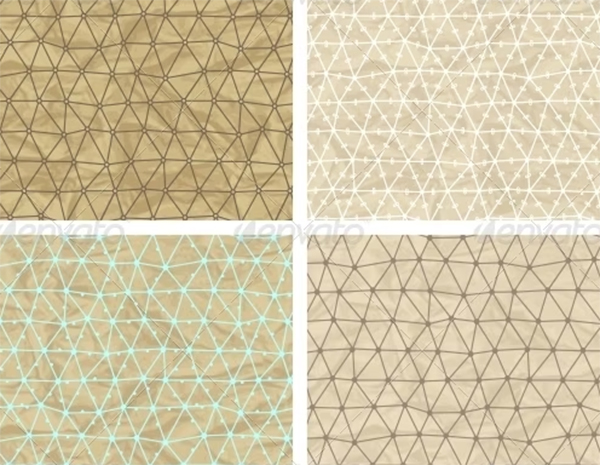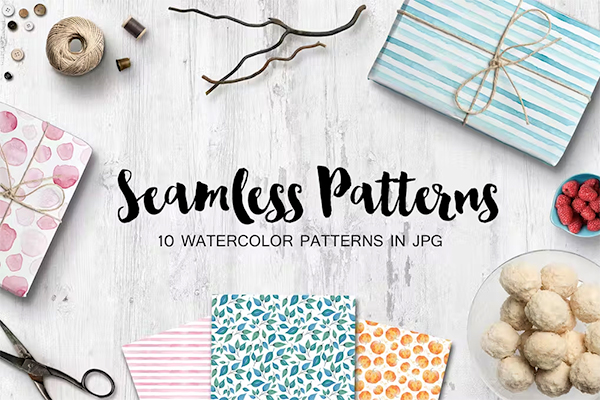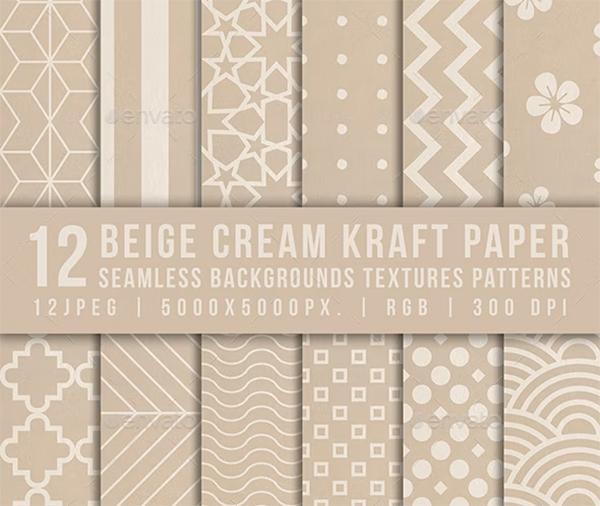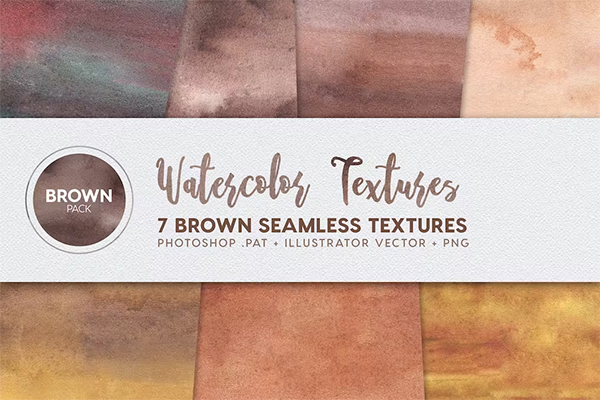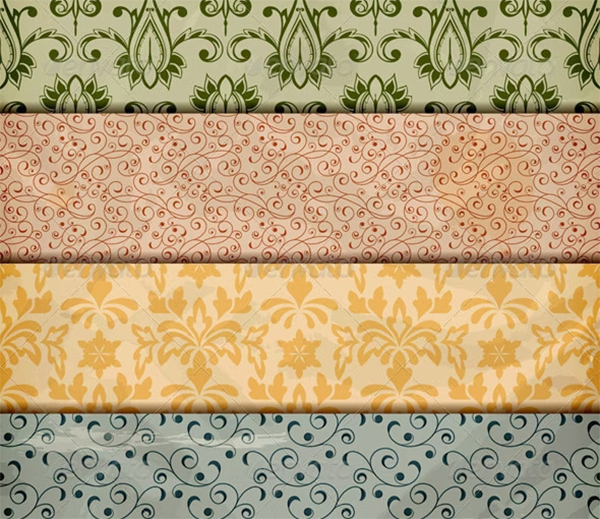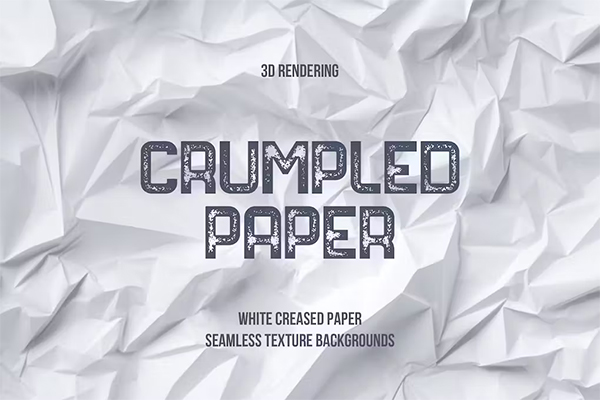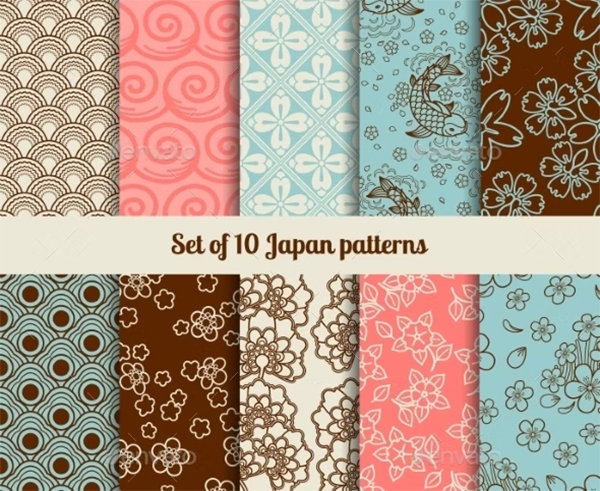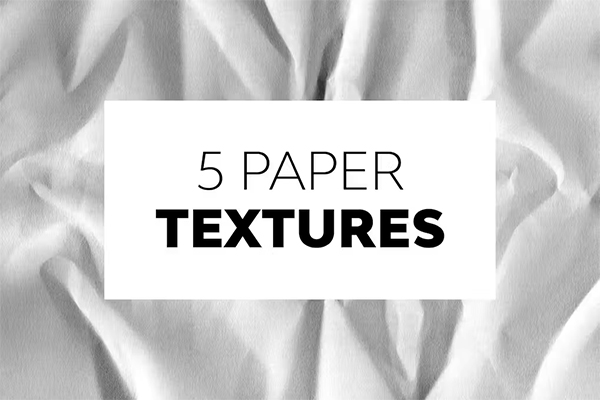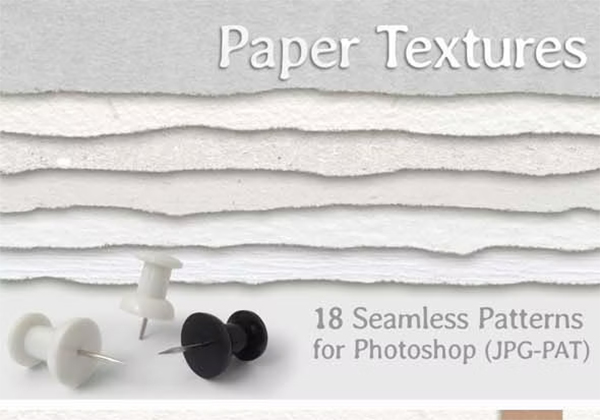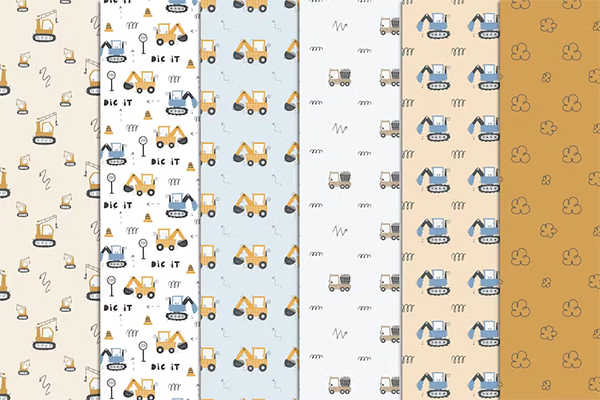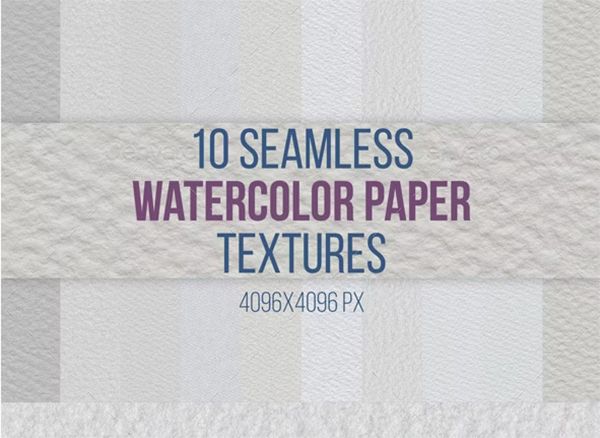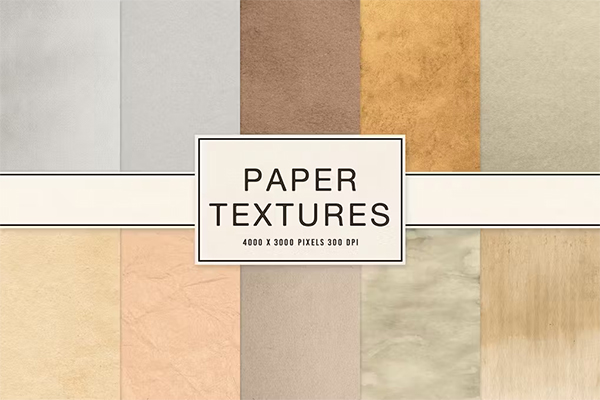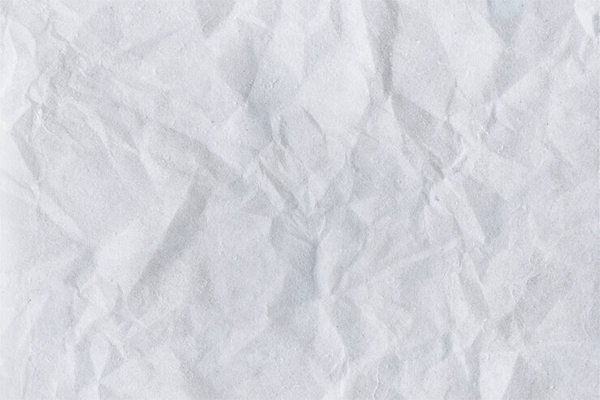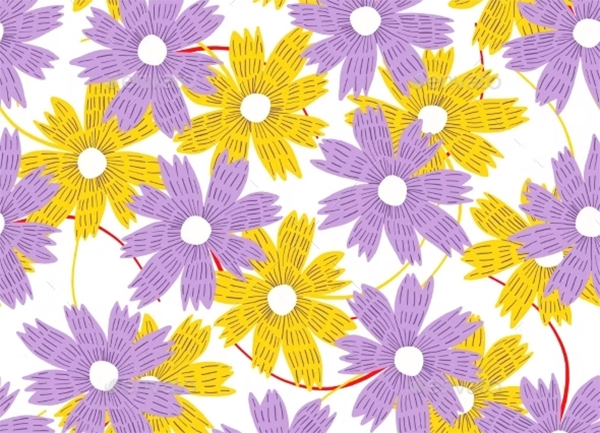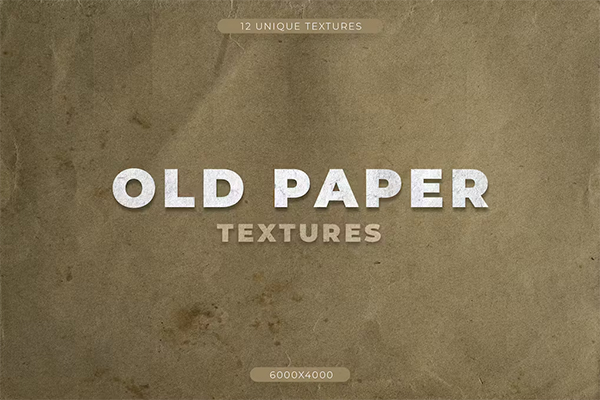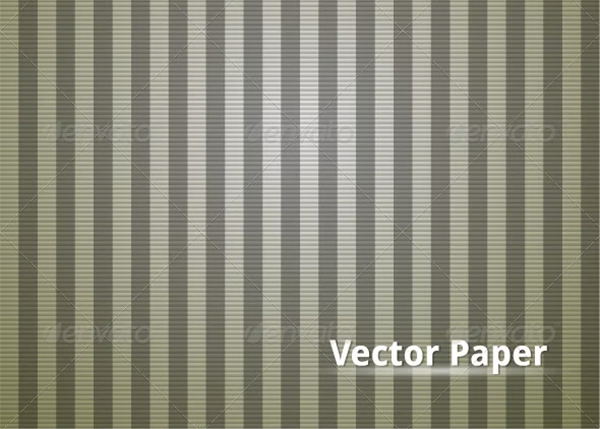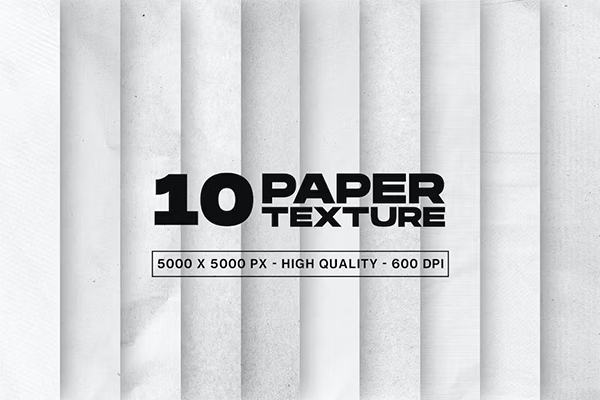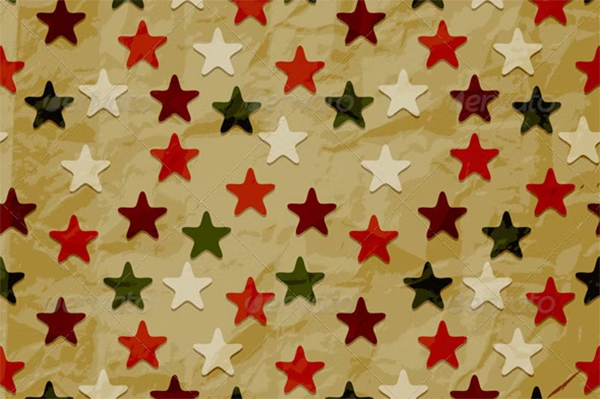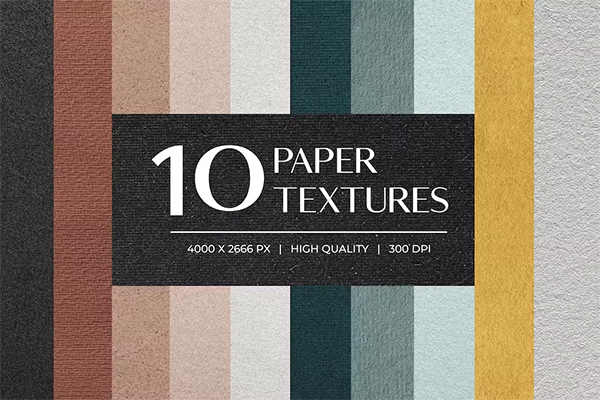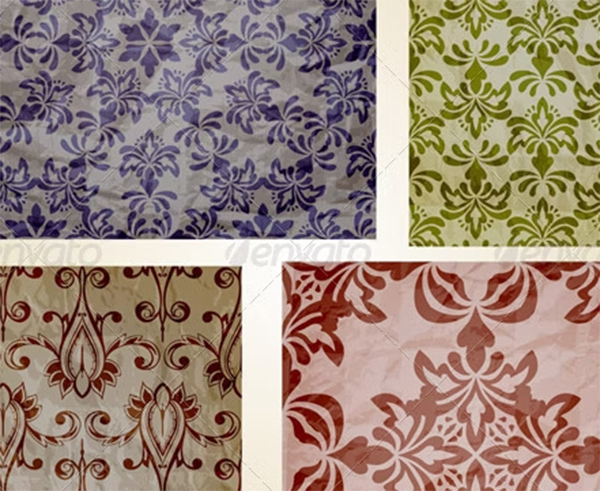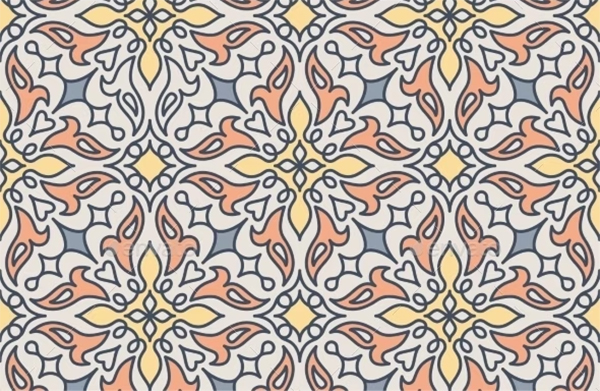Paper Texture Seamless Patterns: Elevating Your Design Projects with Subtle Elegance
In the realm of graphic design, textures are often the unsung heroes. They add depth, richness, and a sense of tactile reality to digital creations. Among the most versatile and timeless of these textures are paper texture seamless patterns. Whether you’re crafting a flyer, building a website, or creating print material, using seamless paper textures can elevate your design, giving it a professional and sophisticated feel that stands out from flat, sterile digital environments.
Seamless paper textures are especially valuable because they offer subtle background elements that don’t overpower the focal point of your design. These textures are designed to repeat seamlessly, making them perfect for larger surfaces or backgrounds without visible breaks or harsh edges. This article will delve into how paper texture seamless patterns can enhance your designs and how to effectively use them across various projects.
Why Use Paper Texture Seamless Patterns in Your Designs?
Paper texture seamless patterns are more than just a design trend; they bring warmth, tangibility, and authenticity to digital creations. Here’s why they are an indispensable tool for designers:
1. Versatility in Applications: Paper textures can be applied to a wide variety of design projects, from business cards to posters, flyers, and website backgrounds. Their neutral and understated look allows them to complement almost any aesthetic, whether you’re going for a rustic, vintage feel or a modern, minimalist vibe.
2. Adds Depth and Dimension: In the digital design world, flat and overly crisp designs can sometimes feel sterile. Seamless paper textures add depth by mimicking the natural imperfections of real paper, making the design more engaging and tactile. This added texture can transform a simple design into something visually rich and layered.
3. Creates a Professional Finish: Using textures like paper in your background can create a more polished and professional look, especially when designing for print. It subtly enhances the visual appeal without distracting from the main message or imagery.
4. Perfect for Branding and Stationery: For brands that want to project elegance, warmth, or a handcrafted feel, paper textures are an ideal choice. Whether you’re designing letterheads, invitations, or business cards, adding a seamless paper texture can make your brand identity stand out in a refined way.
5. Enhances Readability and Focus: When used correctly, paper texture backgrounds can make text and visuals pop by providing a soft, neutral backdrop that contrasts with bold fonts or images. It also prevents designs from looking too flat or one-dimensional, enhancing the overall experience for the viewer. Letterpress Textures Pattern Templates
Types of Paper Texture Seamless Patterns
There’s a wide variety of paper texture seamless patterns available, each offering a distinct look and feel. Choosing the right one depends on the mood and message of your design. Here are some popular types:
1. Recycled Paper Textures: Recycled paper textures are perfect for eco-conscious brands or designs that want to convey sustainability. These textures typically feature a grainy, slightly rough appearance with small imperfections that add character. They work well in organic, earthy designs.
2. Watercolor Paper Textures: Watercolor textures often feature a slightly rough surface with subtle dips and grooves, giving your design a creative, artistic flair. These textures are ideal for projects that need a handmade or artistic touch, such as invitation cards, scrapbook designs, or art portfolios.
3. Wrinkled or Crumpled Paper Textures: Wrinkled paper textures mimic the look of real-life folds and creases in paper. This type of texture is great for adding a vintage, worn-out effect to your designs. It can be used to create a sense of history, nostalgia, or ruggedness in projects like posters, book covers, or brochures.
4. Smooth Paper Textures: For designs that require subtle elegance without too much texture, smooth paper patterns offer a clean, polished look. This style works best for letterheads, business presentations, or modern websites where a refined background is needed but you don’t want the texture to overpower the main content.
5. Parchment or Old Paper Textures: Parchment textures, with their faded and aged appearance, are perfect for designs with a historical or classical theme. These textures bring a sense of antiquity and charm to menus, event invitations, or even book design.
How to Use Paper Texture Seamless Patterns Effectively
While paper textures are versatile, using them effectively requires some thought and creativity. Here are some tips to help you integrate paper textures seamlessly into your designs:
1. Subtlety is Key: Textures should enhance, not overpower, your design. The key to using paper textures is subtlety. Ensure that the texture complements the overall theme of the design and doesn’t distract from the text or main imagery. You can adjust the opacity of the texture to make it less dominant or blend it with other elements for a balanced look.
2. Pair with Bold Typography: Paper textures provide an excellent backdrop for strong typography. Bold, sans-serif fonts work well against textured backgrounds because they stand out and provide a modern contrast. You can also experiment with font colors that complement the tones in the texture for a cohesive look.
3. Blend Multiple Textures: For more complex designs, don’t be afraid to layer or blend multiple textures. For example, you can combine a crumpled paper texture with a smooth one to create a multi-dimensional look. This adds layers of interest to your design, making it feel richer and more complex.
4. Use in Digital and Print: Paper textures translate well to both digital and print mediums. For print projects like posters, business cards, and stationery, textures help make the material feel more premium and tactile. In digital formats, paper textures can soften the overall look of a website or social media graphic, making it feel more inviting.
5. Consider Color Palette: When using paper textures, make sure the color palette of your design aligns with the texture itself. Neutral tones like beige, off-white, or gray tend to complement most textures, but you can also add color overlays to the texture for more creativity. For example, a light blue overlay on a smooth paper texture can evoke calmness and cleanliness.
Where to Find High-Quality Paper Texture Seamless Patterns
Finding the perfect paper texture can take your design to the next level. Luckily, there are many resources available online where you can find both free and premium paper texture seamless patterns. Here are some popular platforms:
Envato Elements: Envato offers a vast selection of premium textures, including various types of paper patterns. You can access high-resolution, professional-grade textures perfect for both print and digital projects.
Creative Market: Creative Market features textures from independent creators, offering a range of unique paper textures from rough and crumpled to elegant and smooth. These textures often come in high-quality, downloadable formats.
Freepik: If you're looking for budget-friendly options, Freepik offers both free and premium seamless paper textures. They have a large variety of textures suitable for all kinds of design projects, from minimalist business cards to vibrant posters.
Texture Haven: For designers who need high-resolution textures that look natural and real, Texture Haven is a great platform to explore. Their collection includes high-quality paper textures that can be used in 3D renders and graphic design. Canvas Texture Pattern Template
Best Uses for Paper Texture Seamless Patterns
Paper texture seamless patterns can be utilized across a wide array of design projects. Here are some of the best ways to incorporate these textures:
1. Branding and Identity: Seamless paper textures can be integrated into a brand’s identity to create a natural, approachable feel. Use them on business cards, letterheads, and envelopes to add subtle personality to your brand’s print materials.
2. Website Backgrounds: Adding a paper texture to the background of your website can give it a warm, organic feel, softening the sometimes harsh, sterile nature of digital screens. It works especially well for creative portfolios, blogs, or lifestyle brands that want to project authenticity.
3. Posters and Flyers: Paper textures can bring depth and character to posters and flyers, making them feel more handcrafted and personal. This works particularly well for event posters, festival promotions, or any design where a unique, textured background will make the primary message stand out.
4. Packaging Design: For brands that emphasize eco-friendliness, using paper textures in packaging design can help communicate sustainability and natural products. It gives the packaging a rustic and authentic feel, appealing to consumers who value environmentally friendly practices.
Conclusion
Incorporating paper texture seamless patterns into your design projects is an excellent way to add warmth, depth, and sophistication. Whether you're creating branding materials, websites, or print designs, these textures can elevate your work, making it more engaging and memorable. With the right balance of subtlety and creativity, paper textures will enhance your designs, providing that perfect tactile quality in a digital world.
